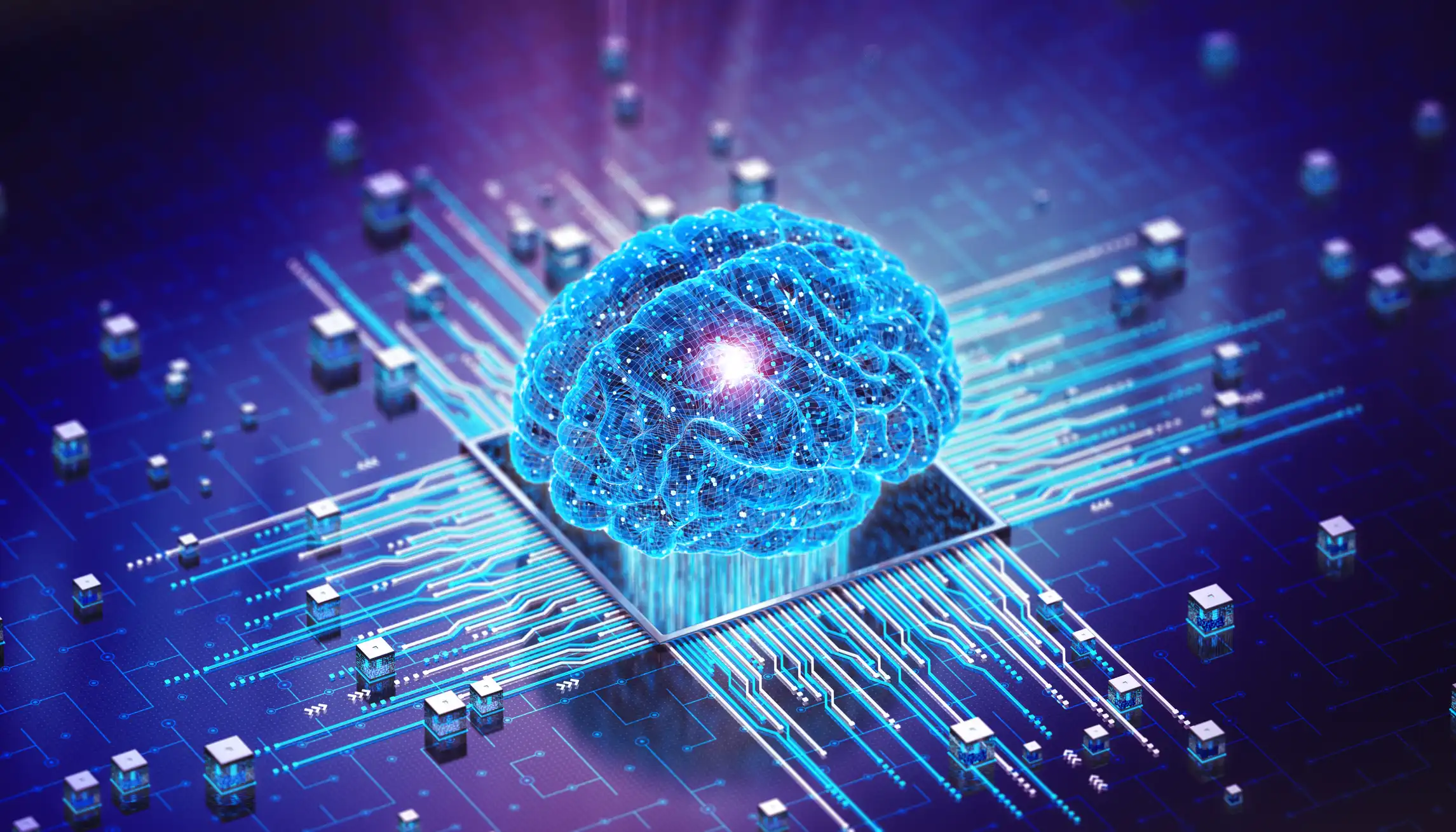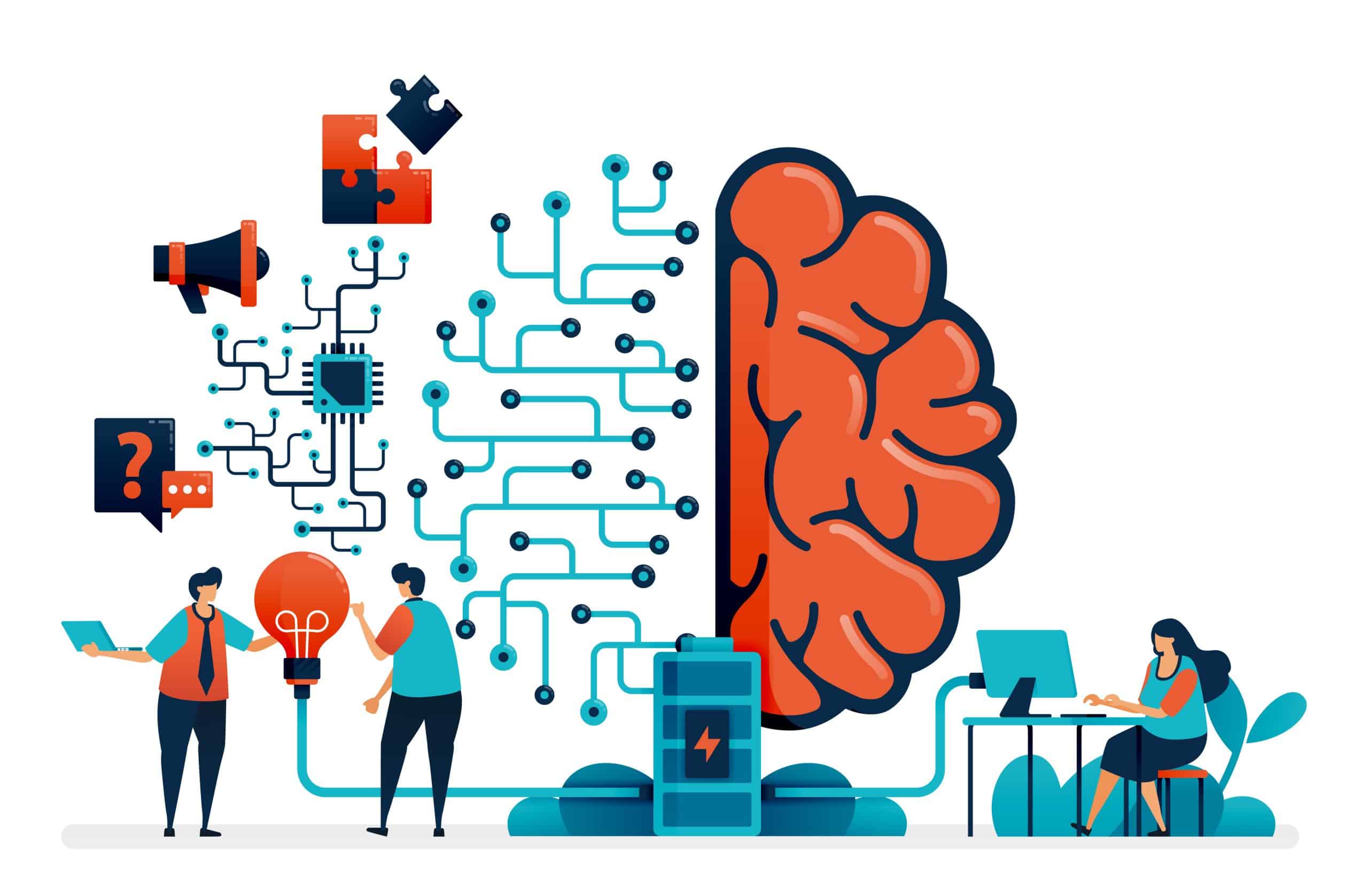- 📚 AI models are designed to match patterns and give the most typical version of a thing.
- 🤔 AI-generated content that matches your own work might make you feel like your creation is average.
- 🖋️ Writers experimenting with AI collaborations often get mixed results.
- 🧠 AI can’t fully replace human storytelling as it lacks genuine emotional connections.
- 🔍 AI might be best used in writing to highlight what to avoid and make work less predictable.
- 🎨 Design tools like Canva and Figma are democratizing design by making it accessible to everyone.
- 💡 Asking “Would I do this tomorrow?” can help manage and evaluate far-off commitments.
Artificial Intelligence (AI) is revolutionizing various sectors, and writing is no exception. With advancements in AI models and design tools, the landscape of creative work is shifting. While AI brings numerous benefits, it also poses challenges that writers must navigate. In this blog post, we’ll delve into how AI can enhance writing, the pitfalls to avoid, and why the human touch remains irreplaceable.
AI Models and Pattern Recognition
AI models excel at recognizing patterns and generating content that aligns with these patterns. These models can produce the most typical version of a thing, whether it’s a story, article, or even a cat portrait in the style of Keith Haring. However, this pattern-matching capability can also be a double-edged sword.
Pros of Pattern Matching:
- Efficiency: AI can quickly generate content that adheres to a particular style, saving time for writers.
- Consistency: The content produced is often consistent in quality and tone.
Cons of Pattern Matching:
- Lack of Originality: AI-generated content that mirrors existing work can make the creation feel average or unremarkable.
- Predictability: Over-reliance on AI might lead to predictable and uninspiring content.
The Mixed Results of AI Collaborations
Many writers have experimented with AI collaborations, and the results have been mixed. While AI can be a powerful tool, it can’t fully replace the complexity and emotional depth that human writers bring to the table.
Examples of AI Collaborations:
- Douglas Rushkoff’s Novel Experiment: Media theorist Douglas Rushkoff fed an AI several scenes from his novel. The AI-produced scenes were nearly identical to his own, leading to mixed feelings about the originality and quality of his work.
- Medium Essays: Some essays on Medium have been entirely AI-generated. While these essays mimic human writing, they often lack the emotional impact that resonates with readers.
Why AI Can’t Replace Human Storytelling
AI’s biggest limitation lies in its inability to replicate the emotional connections that human storytellers establish through their work. As essayist Jacqueline Dooley points out, AI can construct sentences, but it can’t produce the kind of storytelling that moves people to “weep or gasp or call your mother.”
Key Reasons Why Human Storytelling is Irreplaceable:
- Emotional Depth: Human writers imbue their work with emotions, experiences, and perspectives that AI cannot replicate.
- Authenticity: Readers seek a connection with the author, a sense of “someone has to be home” when engaging with a piece of art.
Using AI to Avoid Predictability
Instead of viewing AI as a competitor, writers can use AI as a tool to identify patterns and tropes to avoid, making their work less predictable and more engaging.
Strategies for Using AI in Writing:
- Identify Common Tropes: Use AI to spot overused patterns in your writing and brainstorm unique alternatives.
- Polish Your Work: AI can assist in editing and refining your drafts, ensuring they meet high standards of grammar and coherence.
The Democratization of Design
Design tools like Canva and Figma are making design accessible to everyone, not just professionals. With 170 million active users and $1.7 billion in annual revenue, Canva demonstrates how these tools are empowering individuals to express their creativity.
Key Benefits:
- Accessibility: Individuals without formal design training can create professional-quality designs.
- Empowerment: These tools foster a shared language of design, enabling more people to participate in creative projects.
Evaluating Commitments with AI
Managing commitments can be challenging, but a simple question like “Would I do this tomorrow?” can help you assess whether a commitment is worth taking on. This approach brings far-off commitments into immediate perspective, aiding in better decision-making.
Conclusion
AI is a powerful tool that can enhance the writing and design process, but it comes with its own set of challenges. Writers must strike a balance between leveraging AI for efficiency and maintaining the emotional and authentic aspects of their work. By understanding the strengths and limitations of AI, creatives can harness its potential without compromising the unique human touch that makes their work special.







